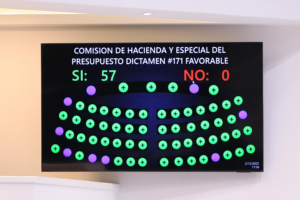Bitcoin reached a new all-time high on august 14, reaching $124,457 per unit. This rally comes amid expectations of more flexible monetary policy from the U.S. Federal Reserve, as well as the momentum generated by recent financial reforms that have benefited the cryptocurrency market.

One of the key catalysts for this new record was U.S. President Donald Trump’s signing of an executive order allowing cryptocurrencies, such as Bitcoin, to be included as investment options for 401(k) retirement plans. This measure has been interpreted by investors as a historic step toward the legitimization and mass adoption of digital assets in the traditional financial system.
The cryptocurrency had already reached a peak of around US$122,000 in mid-July, but changing market conditions and an influx of institutional capital have driven its price to unprecedented levels. Analysts point out that the combination of a weakening dollar, expectations of interest rate cuts, and the growing integration of cryptoassets into investment portfolios has created an environment conducive to growth.

The cryptocurrency market in general has also benefited from this movement, with significant increases in coins such as Ethereum and Solana. Confidence in the sector appears to be strengthening, despite the volatility that has historically characterized these assets. Investment funds and large corporations have increased their exposure, diversifying their risk in the face of global economic uncertainty.
Experts warn that, while the current outlook is optimistic, cryptocurrencies remain exposed to abrupt corrections and regulatory changes. However, Bitcoin’s breakthrough above $124,000 marks a milestone for the industry and could accelerate its integration into global financial markets.








